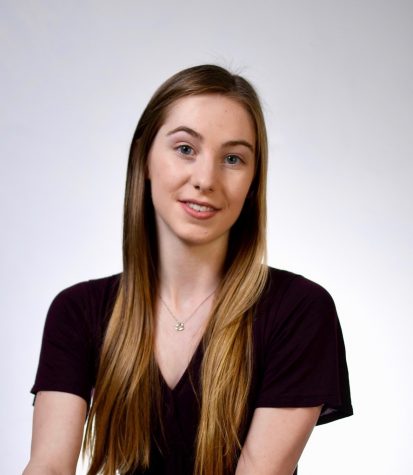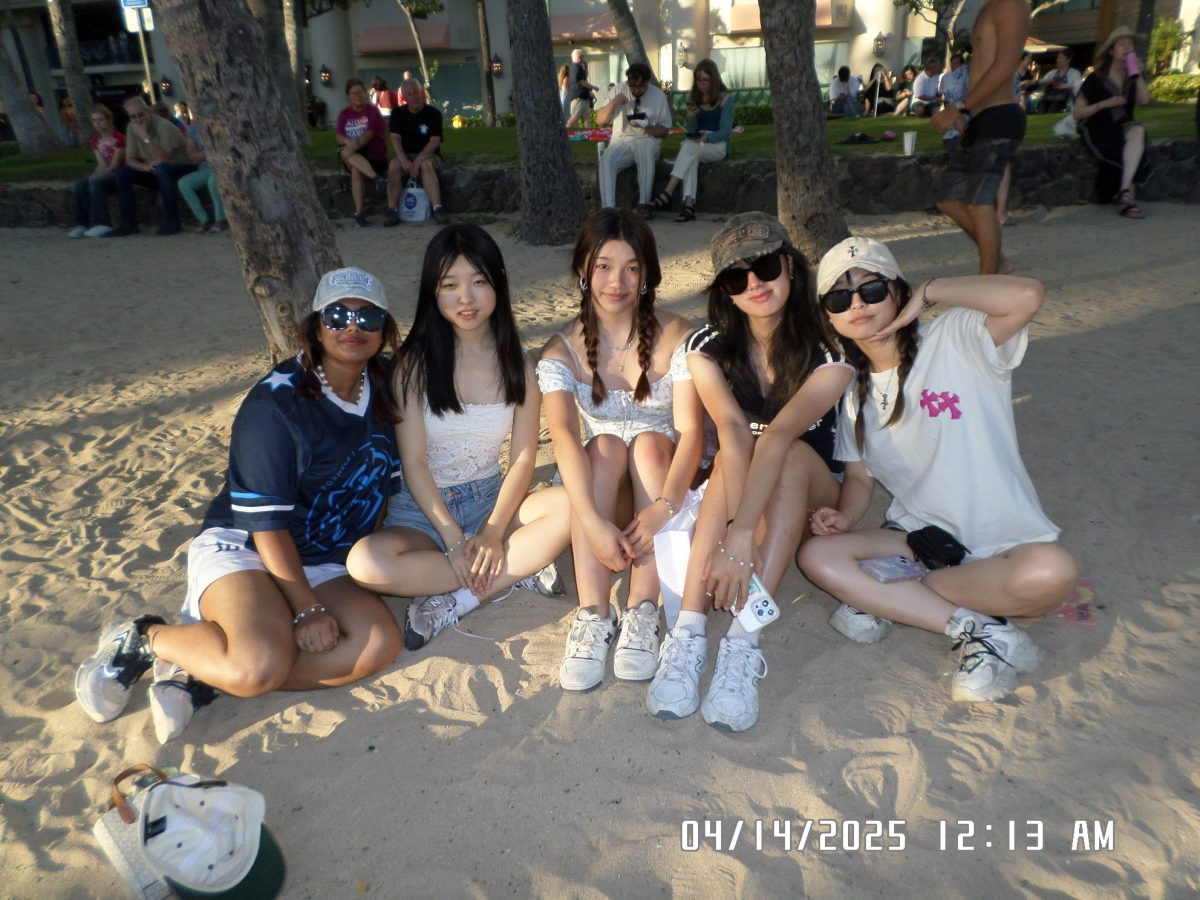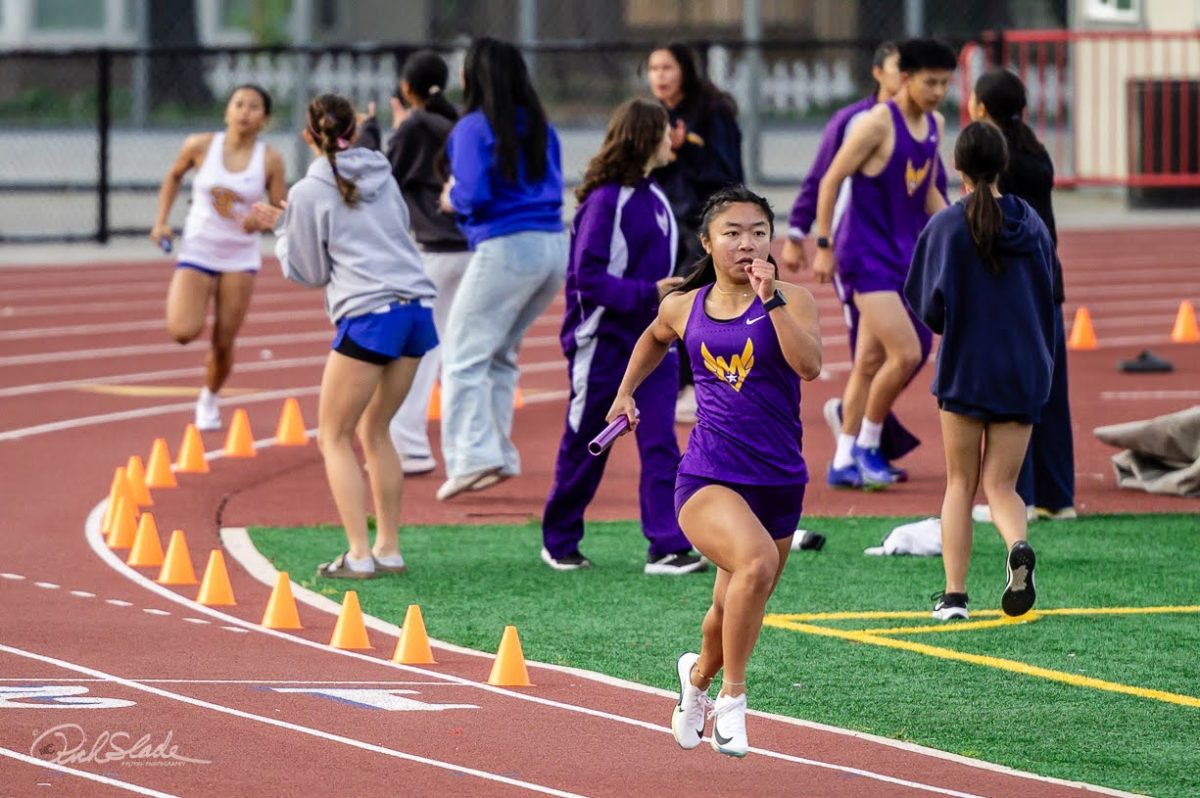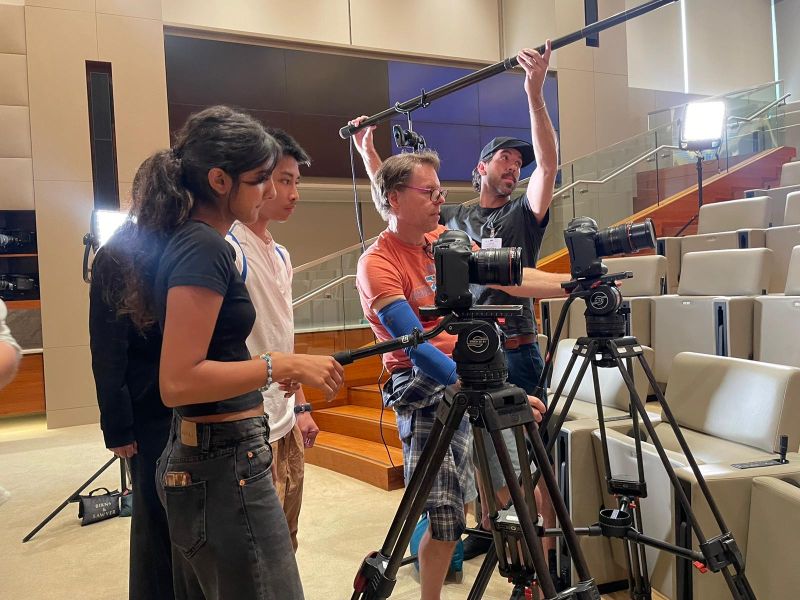…DEFINED
Ten years ago, when Carrie Zeidman was first introduced to the Fine Arts League of Cupertino, she was alarmed when she discovered that they didn’t have a digital arts category.
Today, she’s the vice president and one of many other digital designers in the program. The organization FALC is an open forum based in Cupertino where artists from around the area can publicly showcase their work and further improve their artistic prowess. As a photographer and former commercial designer, Zeidman believes that the beauty in art should be something that makes people happy. Rather than having a specific standard for beauty, she thinks that it’s subjective and people have their own definition. For her, this composition consists of vibrant colors as well as integrating a meaning or message into the piece.
“I like color, I like light, I like the way light plays on color. It’s kind of my favorite thing,” Zeidman said. “I like a little bit of mystery maybe in the image.”
“I like color, I like light, I like the way light plays on color. It’s kind of my favorite thing.” -Carrie Zeidman
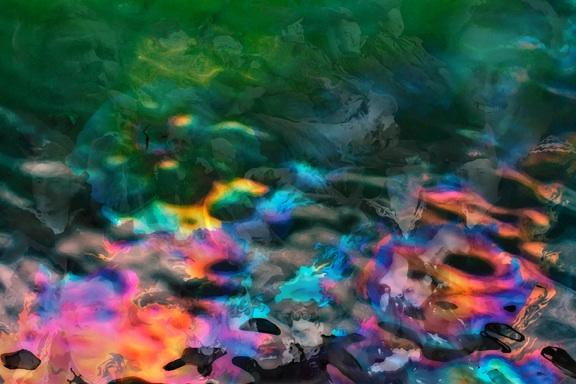
She recently released a book of 40 pieces she’s worked on for the past four years. The book showcases her newest series of digital works called “Ghosts.” Through each piece, she displays a different story from history, such as battles from Valley Forge and the Beaches of Normandy. One of her works titled “And She Still Weeps” observes World War II in a combination of light refractions and Ultrachrome inks.
“I put the ghosts of the people that were there during these battles and I put them into the current,” Zeidman said. “This is actually the scene where the oil is still leaking out of the ship and [when] the light hits it just right, you get the rainbow patterns, but the men are still buried in the ship under there. I like to put something in there that means something.”
From Goya’s Romantic imitations to Picasso’s abstract portraits, the beauty of art is interpreted differently by different people. However, Zeidman still expects to see a degree of talent as well as effort in the pieces. She hopes to continue capturing meaning through her artwork and travels and to continue her legacy as an FALC member.
…Trendy
Fashion is always changing. Each season, a new set of trends make their way to stores that we pick off from the rack for our own wardrobes. Often, the trends of the era relate to the time period itself. For example, the “Roaring Twenties” featured loose, freeing clothing, which mimicked the freedom of the time. Now, as our current time period focuses on the fight for acceptance and breaking stereotypes, the clothes of the time mimic this as well, offering a new variety of shapes, sizes and styles that match the modern person.
People like Ashley Nell Tipton from “Project Runway” — who started creating high-fashion clothes for plus-sized women in 2015 — and Wildfang, a clothing brand that is neither masculine nor feminine in style — are expanding the stereotypes of what is accepted as beautiful in society through their clothes.
Junior Sian Yongyuth, the treasurer of MVHS Fashion Club, thinks that lately, stores have started marketing more and more to the realistic body types and personalities of their clientele, creating clothes that flatter and cater to a greater variety of shapes, styles and sizes. “They’re offering all sorts of body types now, instead of just one,” Yongyuth said. “And that’s pushing us forward in this way where now fashion isn’t just for a certain type of person.”
And now, neither is the runway.
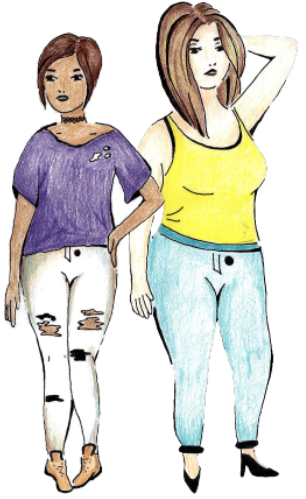
Whether consciously or not, we base our idea of beauty off of what we see around us, and what ends up in stores is tailored to the general public by trend forecasting. Groups like The Worth Global Style Network (WGSN) provides commercial companies including H&M and Coach with data from over 1,300 runway shows to shape their products. Now that this information is available, data analysis and looking at what the consumer wants has become the way of fashion trends.
“Now fashion isn’t just for a certain type of person.” -Junior Sian Yongyuth
And as societal ideals shift toward acceptance for all, more fashion shows showcase clothes for more realistic body types and a greater variety of styles. Then, as these trends from the runway are taken into account analytically by commercial companies, they have a greater likelihood of showing up in stores.
For Youngyuth, the most important thing about fashion is expressing herself. In a pink lace top, ripped jeans, black tassel sandals and a pink stone necklace when she sits for an interview, Yongyuth expresses her own sense of style through her wardrobe.
“I was thinking about this today, actually, when I was coming to class, like ‘why do I bother dressing up every day?’” she said. “And it’s just [because] I enjoy it. If I didn’t enjoy doing it I wouldn’t do it for myself. I see it as an exterior form of representing your personality in some sense.”
So for Yongyuth, beauty is the ability to feel good in her own skin, and fashion gives her an outlet to express her personality. Trends are constantly changing as we as a society change our own perception of beauty. Now, beauty in fashion can be any shape, any size and any style, from flowy dresses to non gender-specific articles of clothing. And as the focus of beauty shifts, so does what becomes included under the category of “beautiful.”
…Wasted
She picked up the collection of bananas, turning it to scan each one. She noticed a bruise on one of them, but disregarded it and put it in her shopping cart.
French teacher Sarah Finck is ready to eat almost anything. Intermarché, a store in France, has adopted a specialized bin strictly used to display deformed and abnormal produce, also sold for 30 percent off. They showed the bin in an advertisement to tell people that the appearance of food shouldn’t affect the quality of it.
Finck was first introduced to the video by other French teachers.
“The ad was really cute, and they had a bag of funny shaped carrots and they had it in a French voice,” she said. “It was almost like the carrots were talking that said ‘I might be ugly, but I would still be delicious in a soup.’”
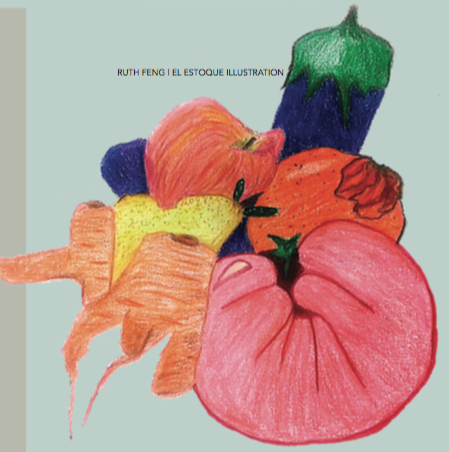
After watching the ad, Finck has learned to accept the unappetizing look of some fruits and vegetables sold in supermarkets. Grocery stores are known to throw away about 10 percent of their produce.
In spite of the obligation seen in supermarkets to dispose of the “ugly foods,” Finck still feels unsure about blaming buyers.
“I guess I don’t really want to judge other people too much because we have an option of the beautiful ones,” she said. “Why not pick the perfect one if you’re paying the full price?”
She admits that living in the U.S. has exposed her to the reality that businesses present “beautiful” food in order to have better sales. However, she believes that consumers nowadays are more mindful about the pesticides and chemicals involved with preserving food to keep it the way customers want it.
In her French classes, she has tried to integrated lessons on global environmental issues and how people in the Francophone world are addressing problems such as food and water waste. According to The Guardian, about one-third of produce is thrown out globally for being “imperfect.” That’s almost one trillion dollars worth of food. She hopes to potentially inspire her own students to become more environmentally friendly.
“I think if it consents the population to be willing to buy ugly [foods],” Finck said, “then there’s a lot less waste.”




